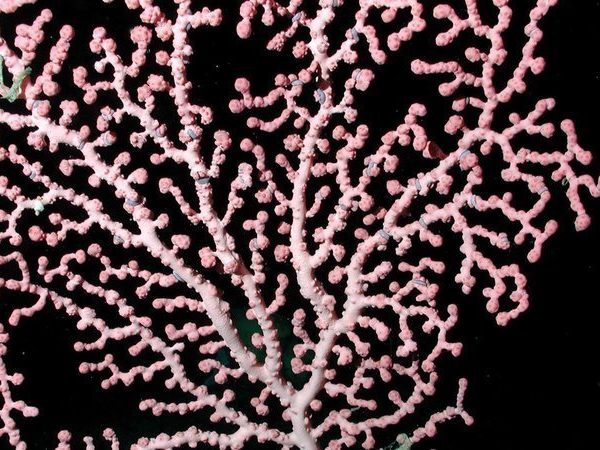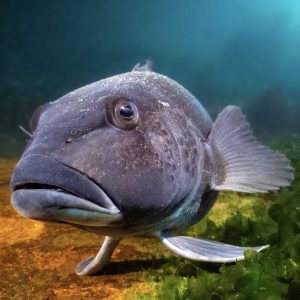Surely not. A trawler caught illegal fishing in a protected area can continue to operate even when the Court has ordered its forfeiture to the Crown.

In late July Sealord Group was ordered by the Nelson District Court to forfeit a vessel worth $24 million. The company also forfeited the catch, and its crew were fined for bottom trawling in a Benthic Protection Area between the mainland and the Chatham Islands around two years ago.
MPI said after sentencing that “Sealord Group Ltd can make an application to the courts for relief from the effects of forfeiture in relation to the vessel”. What effects exactly?
Sealord explains, “As Ocean Dawn has been forfeited to the Crown, we will now apply to the court to have the vessel returned to us. In the meantime, we are permitted to use her in the normal course of our fishing operations”.
Essentially this means that MPI, not the Court, get to set the terms of returning the vessel and catch forfeited due to fisheries offences. In this case, a quick guilty plea gets the vessel returned with maybe a redemption fee. So this is no seizure as such, just an administrative process where MPI set the terms and the forfeited vessel rarely misses a fishing trip.
During sentencing the Court took into account Sealord’s acknowledgement that this was a mistake by the crew rather than a deliberate breach of fishing regulations. However, this case raises questions around adequate deterrents to illegal behaviour.
You just can’t imagine the police seizing property from criminals and letting them have it back while awaiting their day in Court. Law-breaking bars are forced to close for set periods or permanently when they break liquor licensing laws.
Under the Quota Management System (QMS) forfeiture of the vessel and catch was supposed to be a draconian penalty that would strongly incentivise compliance. Now it seems like just another historical failure of the market driven model dreamt up in the 1980s.
Over the past two years LegaSea and the New Zealand Sport Fishing Council have developed the Rescue Fish policy as an alternative to the QMS, to manage inshore fishing.
Rescue Fish is based on incentivising good practice. There will be no bottom trawling inshore. Fishing permits will be issued to individuals and these can be revoked if the conditions are not met.
What’s more, there will be incentives to innovate so fish can be harvested in good condition and sold for a decent return. The news that the Ocean Dawn forfeited around 40,000 kilos of fish worth around $112,000 means the catch was only valued at $2.80 per kilo. At this price you would have to do a lot of trawling to make the 200nm journey worthwhile.
What the $2.80 per kilo and the Court process doesn’t take into account is the environmental damage and productivity lost due to bottom trawling. 1300 kg of sponges were reported from the five trawl tows in the Benthic Protection Area but only a small proportion of the sponges and coral damaged by bottom trawling ends up in the net.
If New Zealand wants to return to being ‘world leading’ we have to put a higher value on protecting our marine estate. That means replacing the QMS with Rescue Fish and having penalties that bite.
More information
Take action. Sign the Rescue Fish petition here.
Rescue Fish – Policy summary
Rescue Fish – Full policy





